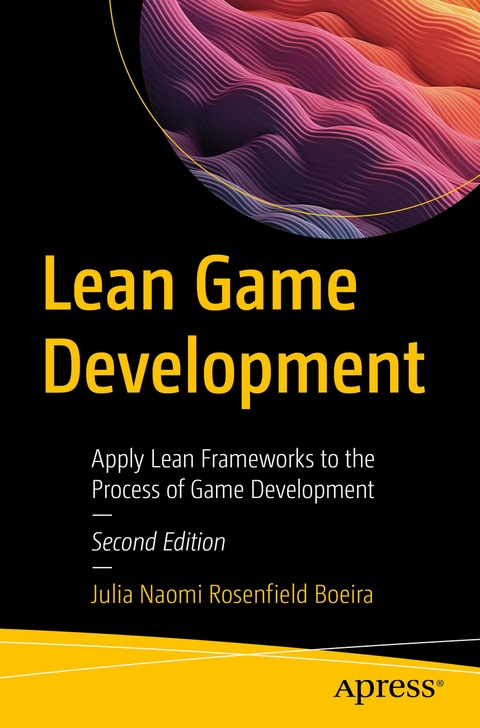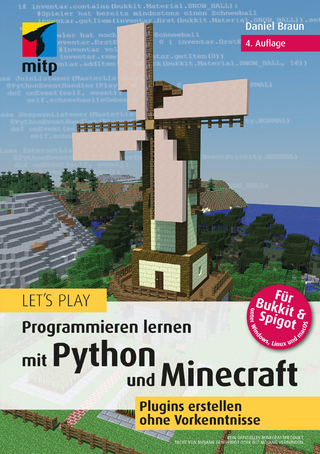
Lean Game Development
Apress (Verlag)
978-1-4842-9842-8 (ISBN)
You'll see how to define a minimum viable product (MVP) for games with Lean Canvas, allowing customers to iterate over it and collect feedback for improvement at every cycle. All of these are achieved while still using standard Agile techniques. The first part of the book explains the ideation process of a game and how lean methodologies allow developers, especially small studios, to avoid scope creep. Next, it it provides guidance on creating MVPs and using player feedback to iterate and improve games. The book then discusses continual improvement (CI) methods. A crucial part of CI is generation of Lean Canvas.
LeanGame Development, Second Edition shows you how to iterate until you develop a game that satisfies developers, gamers, and your studio's financial goals.
What You'll Learn
Study lean and agile methodologies to enhance the game development process
Find out how to improve the way game productions define value and iterate over it
Apply development strategies to enrich the game development process
Who This Book Is For
People from all sectors of the gaming industry will find the book useful in planning their project in a more iterative way, unloading the management burden on the development process and collecting feedback to improve the game content as early as possible.
Julia Naomi Rosenfield Boeira has been a software engineer for over a decade, focusing on Game Development and Online Service. Currently, she works as a team lead at Ubisoft; previously she worked as an online engineer. She has also worked with premium agile consultancy companies such as Thoughtworks and is extremely active on GitHub with focus on Game Development and Rust.
Chapter 1: Introduction.- Chapter 2: First steps with Lean.- Chapter 3: An Inception in practice.- Chapter 4: Do we really need a MVP.- Chapter 5: Examples of MVGs.- Chapter 6: Generating Hypothesis.- Chapter 7: Test Driven Deveopment.- Chapter 8: Continuous Integration.- Chapter 9: The world between Design and Build.- Chapter 10: Test, Code, Test.- Chapter 11: Measuring and Analyzing.- Chapter 12: Creating ideas for iterating.- Chapter 13: Consolidating Knowledge before Expanding.- Chapter 14: More about games.- Chapter 15: Example game using Automated testing for game development.
| Erscheinungsdatum | 20.12.2023 |
|---|---|
| Zusatzinfo | 49 Illustrations, black and white; XIII, 299 p. 49 illus. |
| Verlagsort | Berkley |
| Sprache | englisch |
| Maße | 155 x 235 mm |
| Themenwelt | Informatik ► Software Entwicklung ► Spieleprogrammierung |
| Schlagworte | agile methodologies • automated testing • Continuous Improvement • Lean Methodologies • MVP (minimum viable product) • Player Feedback • Unit testing gameplay |
| ISBN-10 | 1-4842-9842-X / 148429842X |
| ISBN-13 | 978-1-4842-9842-8 / 9781484298428 |
| Zustand | Neuware |
| Informationen gemäß Produktsicherheitsverordnung (GPSR) | |
| Haben Sie eine Frage zum Produkt? |
aus dem Bereich


